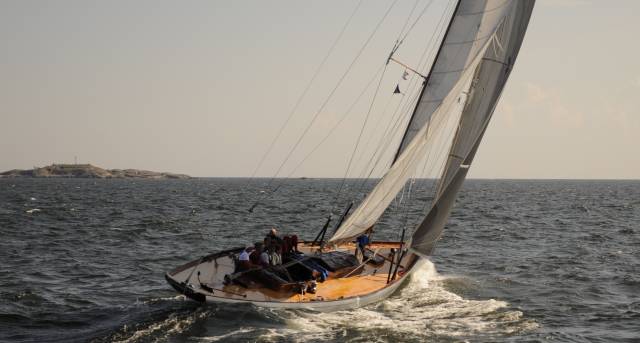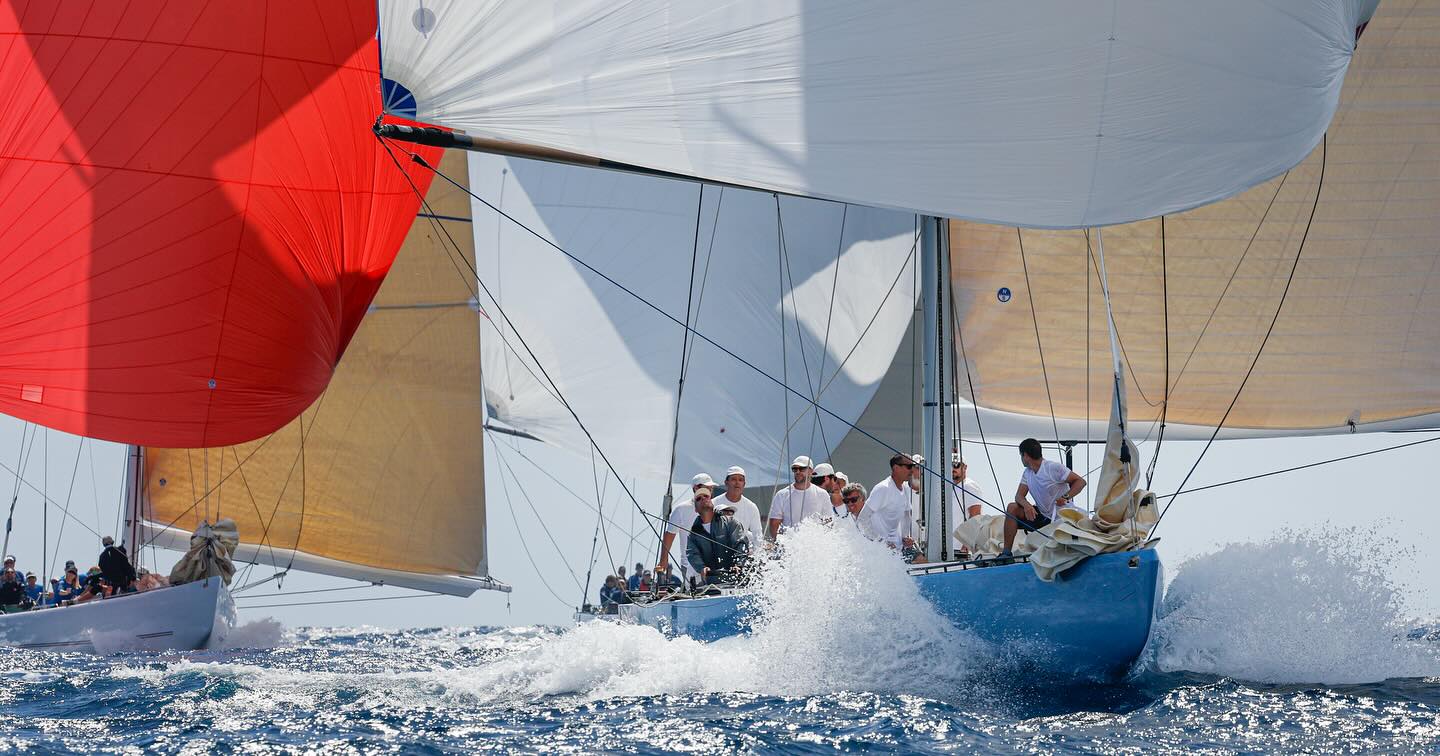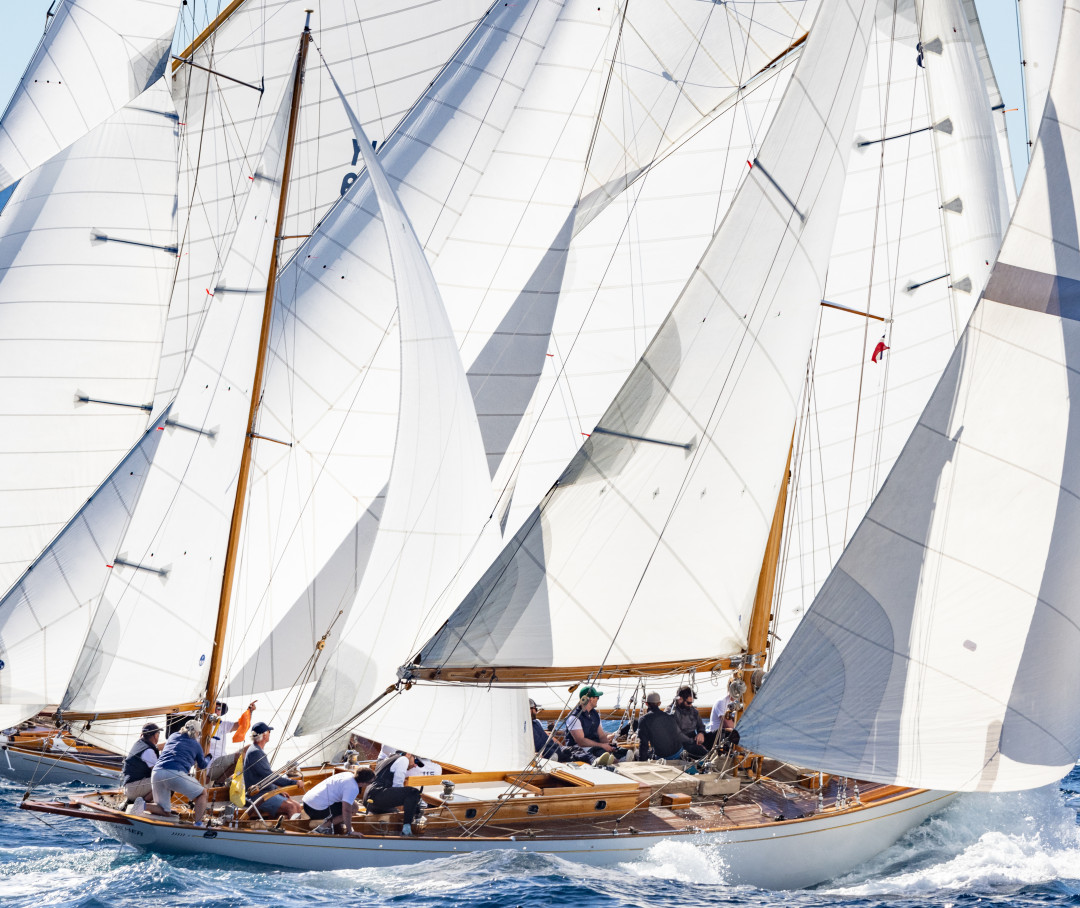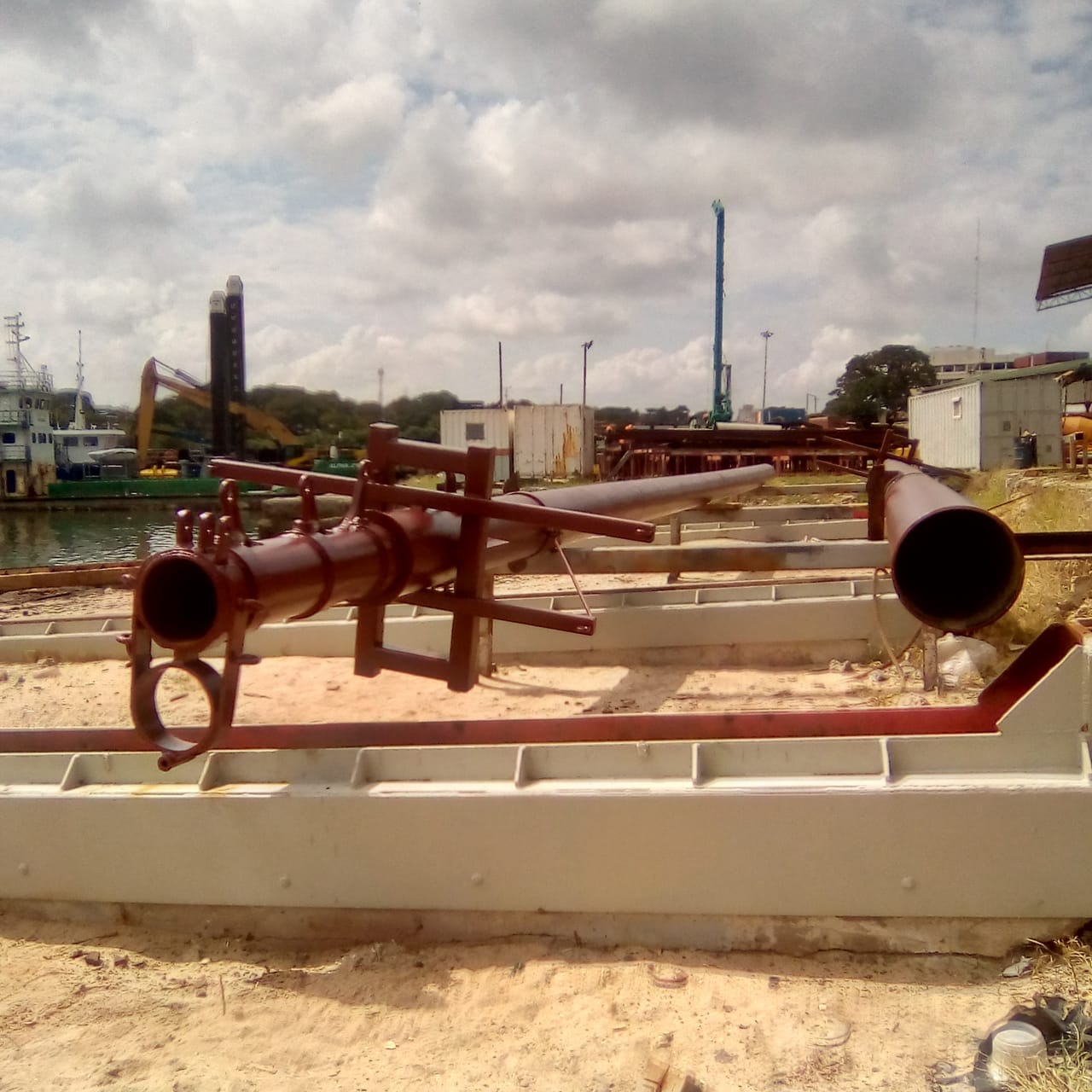The 12-Metre Class is a rating class for racing boats designed to the International rule. It enables fair competition between boats that rate in the class whilst retaining the freedom to experiment with the details of their designs. The first 12 Metres were built in 1907. The 12 Metre Class was used in the Olympic Games of 1908, 1912 and 1920 but only few boats participated. The 12 Metre Class boats are probably best known for their use from 1958 to 1987 in the America’s Cup.
Rough equality between boats is ensured by requiring compliance with a formula that takes account of the length at the waterline, the girth (the measurement around the boat from one sideboard; under the keel and then back over the top on the opposite side back to the original side) and the sail area. The very carefully specified measurements are then entered in to the formula, and the result must be 12 Metres – hence the name of the class. Designers are free to change any of these variables (as well as other details, such as the size of the rudder and keel, etc.), with the understanding that for any change in any of the measured attributes, something else will have to be adjusted, in order to make the formula produce the required value.
The “12 Metre” in the class name does not refer to the actual length of the boats, which ranged from 65 to 75 feet (about 20 to 23 m) overall. They were all sloop-rigged, with their masts typically being about 85 feet (26 m) tall. The “12 Metre” yachts are also referred to as “Twelves” or “12 Metres” or even 12s.
The Formula and associated rules for designing and constructing 12 Metre yachts has been modified several times from inception in racing.
The purpose of the Formula and rules was to encourage designer creativity to optimise designs to get the best overall performance when racing whilst maintaining competitive racing between the different designs. Although the Formula and Rules allowed some creativity they were also intended to be comprehensive enough to eliminate loopholes which could result in an extreme design which conformed to the 12 Metre rule but completely outclassed other contemporary designs on the race course. If the rules were considered to be too loose then it would discourage the building of new 12 Metre yachts for fear of a new boat being outclassed even before it was launched.
The Rules were typically updated in response to advances in areas such as material technology (e.g. metal masts versus wooden masts), design technology (e.g. use of the wind tunnel to design sails and sail/mast combinations, advances in fluid dynamics), and equipment (e.g. winch technology).
The Rule has four distinct periods:
Used from 1907–1920
where
- L = waterline length (LWL)
- B = beam
- G = chain girth
- d = difference between skin girth and chain girth
- S = sail area
- F = freeboard
Used from 1920–1933
where
- L = waterline length (LWL)
- G = chain girth
- d = difference between skin girth and chain girth
- S = sail area
- F = freeboard
Used from 1933–1939
where
- L = waterline length (LWL)
- d = difference between skin girth and chain girth
- S = sail area
- F = freeboard
Used from 1956 onwards:
where
- L = waterline length (LWL)
- d = difference between skin girth and chain girth
- S = sail area
- F = freeboard
Associated with the formula is an extremely comprehensive set of rules. The rules can be classified into two main areas. Rules concerning safety and rules to ensure competitive racing. For example the maximum total area of all cockpits is specified to minimise the chance of a boat being swamped in rougher seas. Structural requirements are specified to ensure that strength is not sacrificed by the need to get weight low down in the keel. Materials are specified plus numerous other details concerning all aspects of the boat. The intention is to challenge designers but ensure competitive racing.
Information courtesy of the ‘Australian Twelves Association’.












